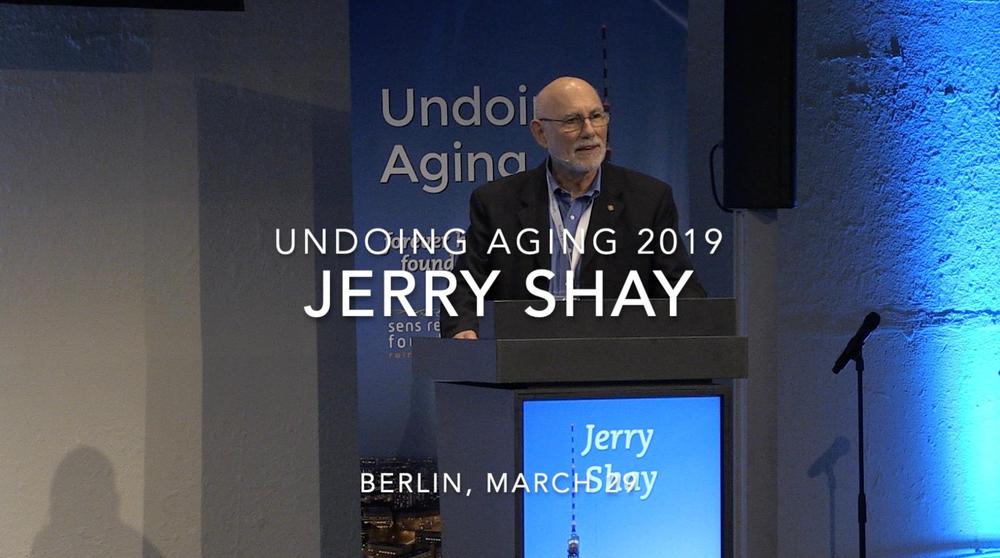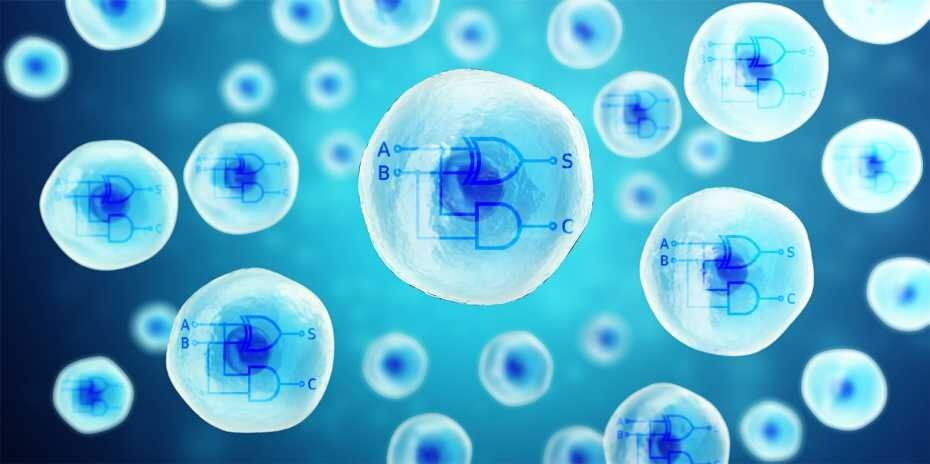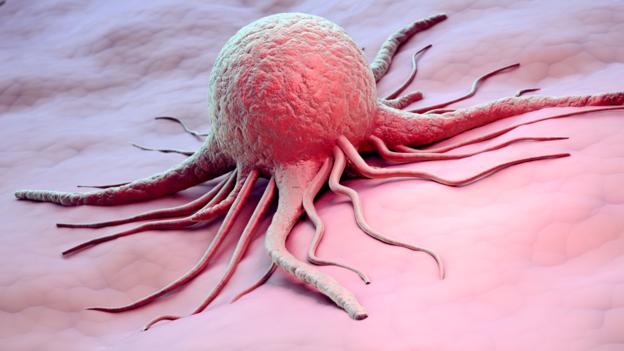ETH researchers have integrated two CRISPR-Cas9-based core processors into human cells. This represents a huge step towards creating powerful biocomputers.
Controlling gene expression through gene switches based on a model borrowed from the digital world has long been one of the primary objectives of synthetic biology. The digital technique uses what are known as logic gates to process input signals, creating circuits where, for example, output signal C is produced only when input signals A and B are simultaneously present.
To date, biotechnologists had attempted to build such digital circuits with the help of protein gene switches in cells. However, these had some serious disadvantages: they were not very flexible, could accept only simple programming, and were capable of processing just one input at a time, such as a specific metabolic molecule. More complex computational processes in cells are thus possible only under certain conditions, are unreliable, and frequently fail.
Read more







